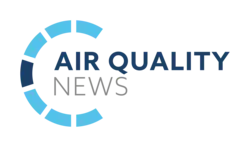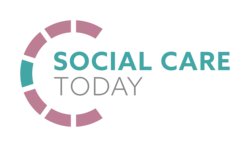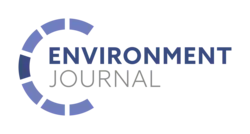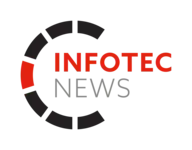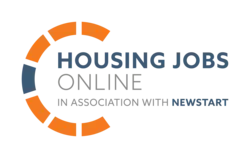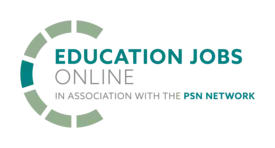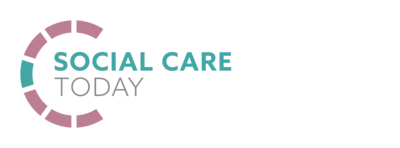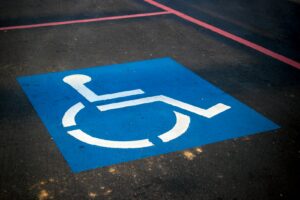Ditching paper-based management strategies is no longer a question of how but of when, according to Kehan Zhou, chief executive officer at Camascope.
The UK’s care sector is dealing with an often-overlooked generational challenge in drug management. Medication errors contribute to an estimated 12,000 deaths across the NHS and cost up to £1.5 billion, every year. Alarmingly, despite serving a relatively small proportion of the population, care homes are responsible for 42% of these errors.
By 2038, the number of people aged 85 and over will more than double, significantly increasing the demand for care. Yet most care providers (70% and more) still rely on outdated, paper-based medication management systems that are time-consuming, error-prone, and demanding on already overstretched caregivers.
Technology that protects and supports
Digital medication management technology tackles these challenges head-on by greatly reducing the chance of mistakes and boosting efficiency. In fact, research shows that electronic medication administration records (eMAR) can prevent 30% to 50% of adverse drug events annually, highlighting its powerful potential to save lives.
But digital medication management does more than ensure compliance and safety. It lightens the workload on caregivers. By cutting out time-consuming paperwork, staff can spend more time on what matters most to the residents: delivering compassionate, person-centred care. Families also benefit from the peace of mind that their loved ones are even better cared for and receive medication accurately and safely.
A strategic and financial imperative
Alongside putting residents’ health at risk, medication errors have a compounding effect on the wider health system. These issues cost the NHS an estimated £1.5 billion annually in hospital admissions, extended stays, and negligence claims – factors that especially need to be avoided given how NHS resources are already stretched to the limit. However, if just a fraction of this was instead invested in digitisation projects across the care sector, we would see these figures drop significantly. I believe that any investment in digitisation by the government and the care sector will pay for itself many times over.
What’s more, moving to digital systems helps care providers streamline operations and strengthen compliance. Crucially, by eliminating unnecessary paperwork and inefficiency, it reduces day-to-day pressures on staff, which in turn fosters a healthier work environment and boosts retention.
The UK Government has committed funding to accelerate digital adoption in social care, but many challenges remain. Increasing cost pressures in care homes, the need for staff training, and the lack of digital integration between systems all require urgent attention. Real progress depends on collaboration between policymakers, care providers, and technology partners to drive this needed change at pace.
The time to act is now
The technology exists, the benefits are evident, and the need is urgent. Medication errors in care homes are preventable, but only if the sector embraces the technology and doubles down on digitisation. By reducing errors and administrative burdens, digital solutions not only improve efficiency but also create a care environment where technology will enhance the human connection at the heart of caregiving.
As a society we must begin cultivating a new standard of care. One that unites both the profound responsibility of caregiving and the power of technology. Our technology must be designed to be intuitive, flexible, and built around the real-world needs of caregivers. When care teams have the right tools, they can focus on what they do best: caring for people.
The future of medication management isn’t just digital. It’s safer, smarter, and long overdue.
Camascope is a technology company established to connect health and social care through simple software products.
Photo by Myriam Zilles via UnSplash
In related news:
Funded professional development programme launched for carers
